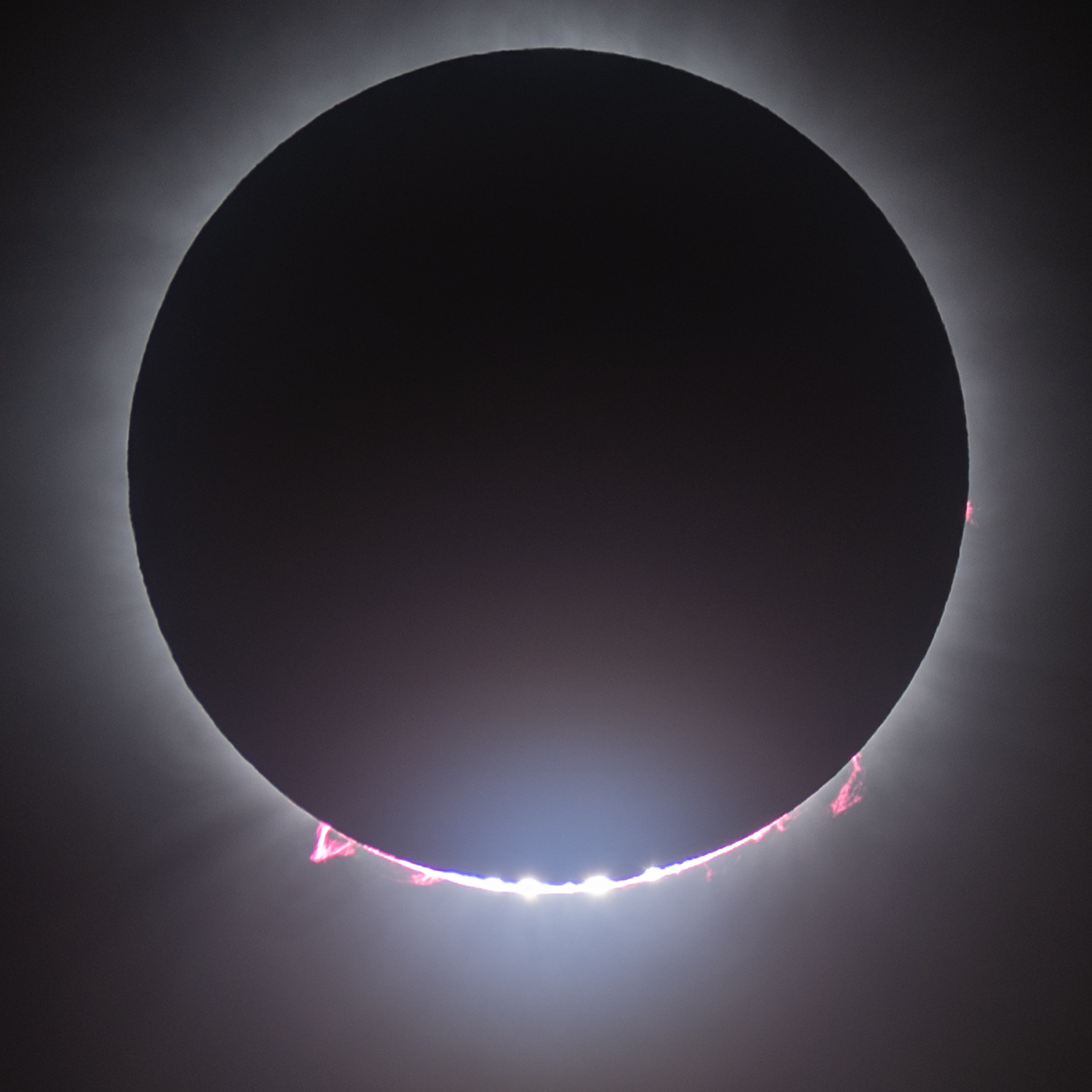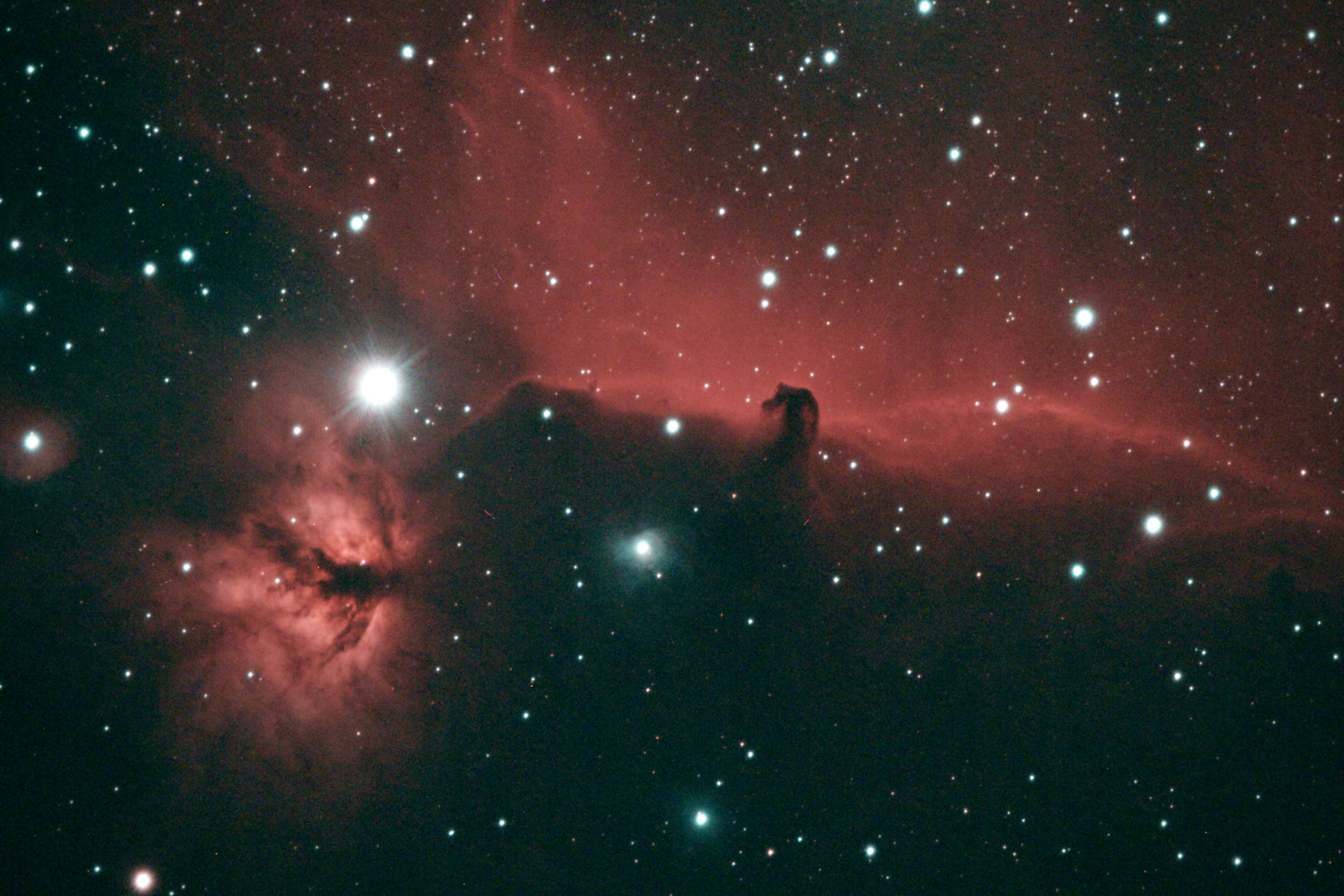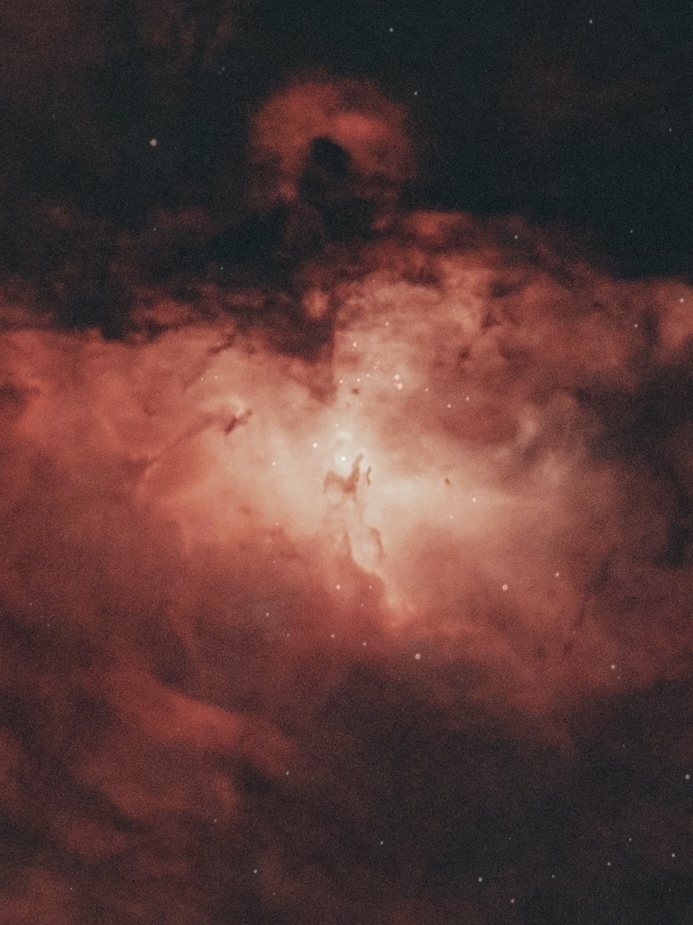Astro
The totality lasted only for 3 minutes and 33 seconds but the whole eclipse went on for about two and half hours. Fortunately, I was at a spot where I could observe and photograph it from start to finish. Here is the whole total solar eclipse of April 8, 2024 compressed in a one minute video.
From all the photos taken during the total Solar eclipse on Monday, this one is my most favorite. It shows some corona but if you zoom in at the bottom half of the photo, the solar prominences and Bailey’s beads are so striking!

For those who don’t know what Bailey’s beads are… these are the small specks of light coming through the lunar craters and valleys as the Sun emerges from totality.
A collage of eclipse progression and 2 photos taken during totality - one showing the corona and the other showing solar prominences and Bailey’s beads.

Three minutes and thirty three seconds of totality - an amazing experience! Here are three shots from beginning and end of totality. Will post more tomorrow.



Sun on Sunday, March 24. So many sunspots! I guess there is a higher chance of seeing northern lights due to with all this solar activity.

These photos were taken about 24 hours apart. From the movement of the Sunspots we can appreciate the Sun’s rotation. This is the first time for me to observe this and the Sun rotates much slower than I expected.


My favorite constellation in the sky. Playing here with a diffuser filter to get that soft dreamy look.

2024 version of the Running Man (NGC1977) and Orion Nebula (M42). This star forming region in the sword of Orion is about 1350 light years away. The core was intentionally overexposed to bring out the dark nebulosity.

This image is a stack of sixty 1-minute exposures taken with WO Zenithstar61 telescope attached to ASI533-MC-Pro camera. Processed using SIRIL and Photoshop.
The Horsehead and Flame nebulae from Orion. The bright star (Alnitak) between them is the leftmost star in the belt of Orion. Can’t take enough photos of this view.

Elephant’s Trunk nebula in constellation Cepheus is an emission nebula that is about 2400 light years away from us. It is an area of intense star formation and contains many young stars (~100,000 years old). Total exposure for this image is 2.5 hours (30x5 min).

California nebula (NGC1499) from the constellation Perseus. It is about 1000 light years away from us in the Orion arm of the Milky Way. This nebula glows because of intense radiation from a super hot class O star called Menkib.
Total exposure for this photo is about 4.75 hours.

Annular solar eclipse 2023 - first empty nester trip
When we watched the total solar eclipse in 2017, I knew the next one was going to be in April 2024 and was excited about it as it will be visible from close to home. Sometime in 2021, when I read about the Annular eclipse in October 2023, I wanted to go watch it but, thought that it was going to be impossible. October is when schools are back in session and kids activities are going at full throttle. Then it dawned on me that in October 2023, I don’t have to think about all these things as my son will be at college and we will be empty nesters.
A few months ago, we started planning our first empty nester trip. Driving to this event was too far and as we started looking at possible airfares and travel time, San Antonio won over Albuquerque. After taking a 6:10am flight (which meant leaving home at 3:30am), we reached San Antonio by lunch time. After some sumptuous Tex-Mex food at Market Square, we searched for a possible eclipse viewing site for the following day. The long barracks at the Alamo seemed to fit the bill. Nice open area with the proper clearing to view the entire eclipse. Planned to get there early enough to beat the crowds and to allow enough time for setting up the equipment.
On the morning of the eclipse, we decided to have breakfast at the oldest restaurant in San Antonio called Schilo’s. Because of a little snafu with my omelet order, it took a long time for getting our food. I was getting concerned about finding a good spot for viewing but, we reached the Alamo well ahead of time. Just as I got everything setup, the clouds thickened. It looked like all the efforts of making the trip were going to be wasted and we won’t be able to see the eclipse. Thankfully, within 30-40 minutes, the clouds started to break up and although we missed the start of the eclipse, we were able to see it till the end. Some of the early shots with clouds were quite dramatic.

Of course the total annularity was spectacular. It lasted for more than 4 minutes. This is the first time I experienced it and probably will be the only time in my life.

I have posted some composite images of the eclipse earlier and also made a 12 second time-lapse video from images taken over 9 minutes or so around total annularity.
One more nice thing happened during this trip. I got to meet with @pratik in person. He drove down to San Antonio from Austin with his family to meet us for lunch. I have known him for almost 20 years through various interactions/platforms on the internet but had never met him in person.
Overall, the trip worked out nicely. Now I am looking forward to viewing the next Total Solar Eclipse on April 8, 2024.
Trifid nebula (M20) and Lagoon nebula (M8). Really like how the blue color of the reflection nebulosity in Trifid showed up. This is a stack of only 13 two minute exposures. The exposure time is limited because of the trees in the southern sky. Hope to get a couple more clear nights to add to this.

The famous “Pillars of creation” captured from my front yard.
It is an area of intense star forming activity at a distance of 7000 light years. Images from Hubble telescope in the 1990s greatly improved our understanding of star formation process.

This nebula is catalogued as M16 and also known as Eagle nebula or Star Queen nebula.

Last night, it was one of the best Lyme Land Trust public Astronomy nights at Alan’s observatory. Clear skies, cool temps and very little glow. The Milky Way looked spectacular! There were lot more people (25+) and we split the telescopes out in 2 groups. I was with Scott and Jon in the field away from the big telescope. Jon’s mount kept misbehaving so we only used manual telescopes in our area. We could show a good bunch of targets:
- M4 globular cluster in Scorpius
- M8 Lagoon nebula in Sagittarius
- M13 globular cluster in Hercules
- Double star in Ursa Major
- Alberio in Cygnus
- Saturn
Along with the usual crowd of older folks, there were a few younger people who were interested and asking questions. It was a fun night overall. Hope we get more good nights like this.
M51 aka the Whirlpool galaxy along with its companion dwarf galaxy NGC5195. They are at about 24 million light years away and the spiral structure of M51 seems to be affected by its interaction with its smaller partner. This is a stack of 60 one minute long exposures.

Another satellite trail going right through the target I was shooting. I see at least 1 satellite in the frames every night I am out doing astrophotography.




